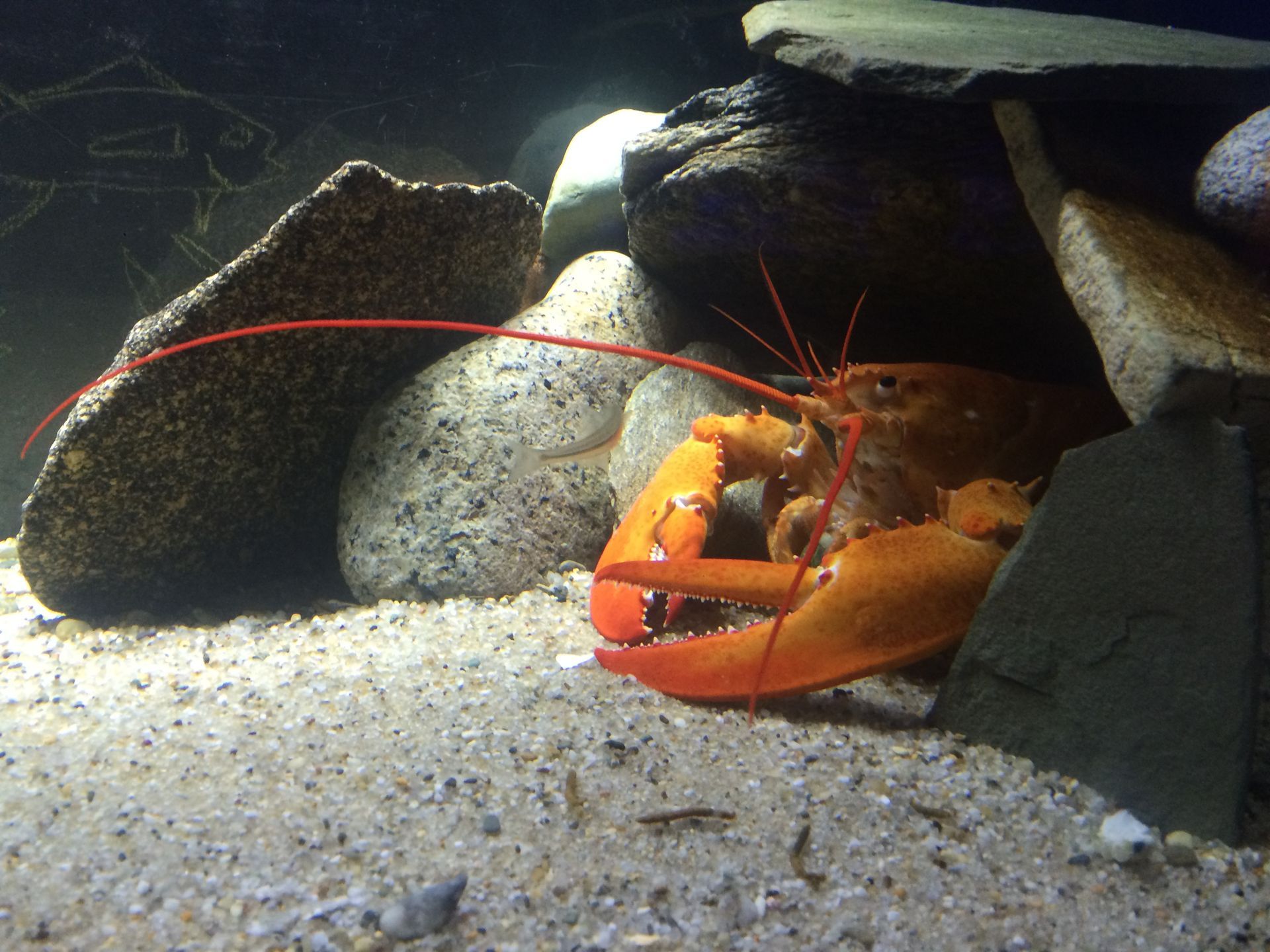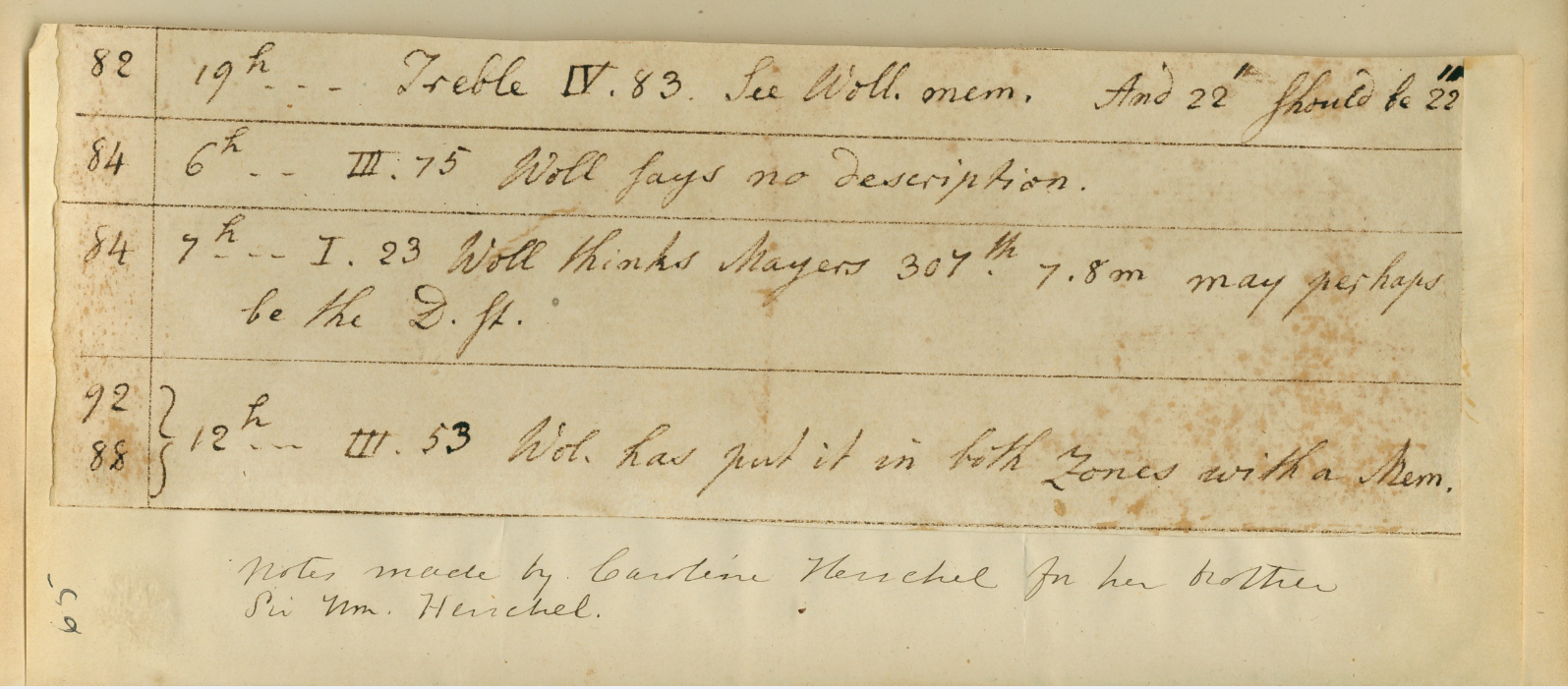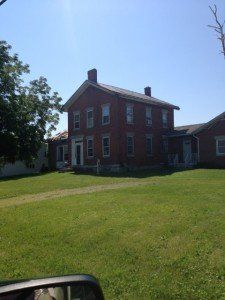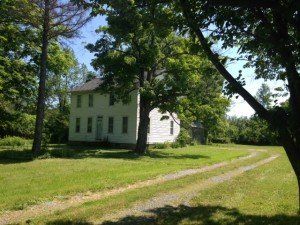Somewhat Forgotten By Time
My husband grew up in a rural, mainly farming community outside Buffalo, NY. We recently returned for a family wedding and stopped at some of the spots that were must visits: Duffs for Buffalo Wings, Beef on Weck, his mother’s favorite chocolate and ice cream shop (yes, we gained some weight in just 4 days), his family’s old farmhouse (that is unfortunately no longer in the family), and the large tracks of farmland that are still in the family and where we picked wildflowers for the cemetery.
It’s interesting to compare the architecture of this little town – which is unfortunately now being overbuilt – to that of Nantucket. There are a lot of brick Greek revival farmhouses like you see in one of the images. This house has thankfully been largely forgotten by time. It’s certainly inhabited as you can see by the air conditioning unit in the window, but the old pump still stands outside with a newer coat of white paint. I am sure if primed, that pump would still work.
My husband’s family’s old farmhouse is mid- to late nineteenth century. It’s the white clapboard house with the transom over the front door that you see here and it still has a few out buildings of the same vintage. It sits along what is now a wide, busy road – though in rural areas that is often all there is – set back in the landscape with nothing immediately around it but grass. The driveway is simple, just two tire ruts. It makes you realize that this is how it always looked thought I am sure the trees are much taller. I can imagine his great grandparents or those before them planting some of those trees.
Solitary and still among the fields of the farm, the house has not changed. It’s quiet. It was where my husband’s great-grandparents raised their two children – his great aunt and his grandfather. While the family sadly no longer owns the house, the farmland still sees some farming – his cousins rent it out to local farmers at times so corn and other crops are grown on the old farmland still. His cousin hunts just as his family before him and in the past, the family was still felling some trees and clearing out fallen ones to use as firewood. My husband remembers doing this when he was young. While my son is too young to remember this visit, we hope he will visit again and again and learn a bit more about this side of his family as well as their history and that he will learn to appreciate the past, particularly those buildings forgotten by time but thankfully largely unchanged because of it.
JNLF
Recent Posts






